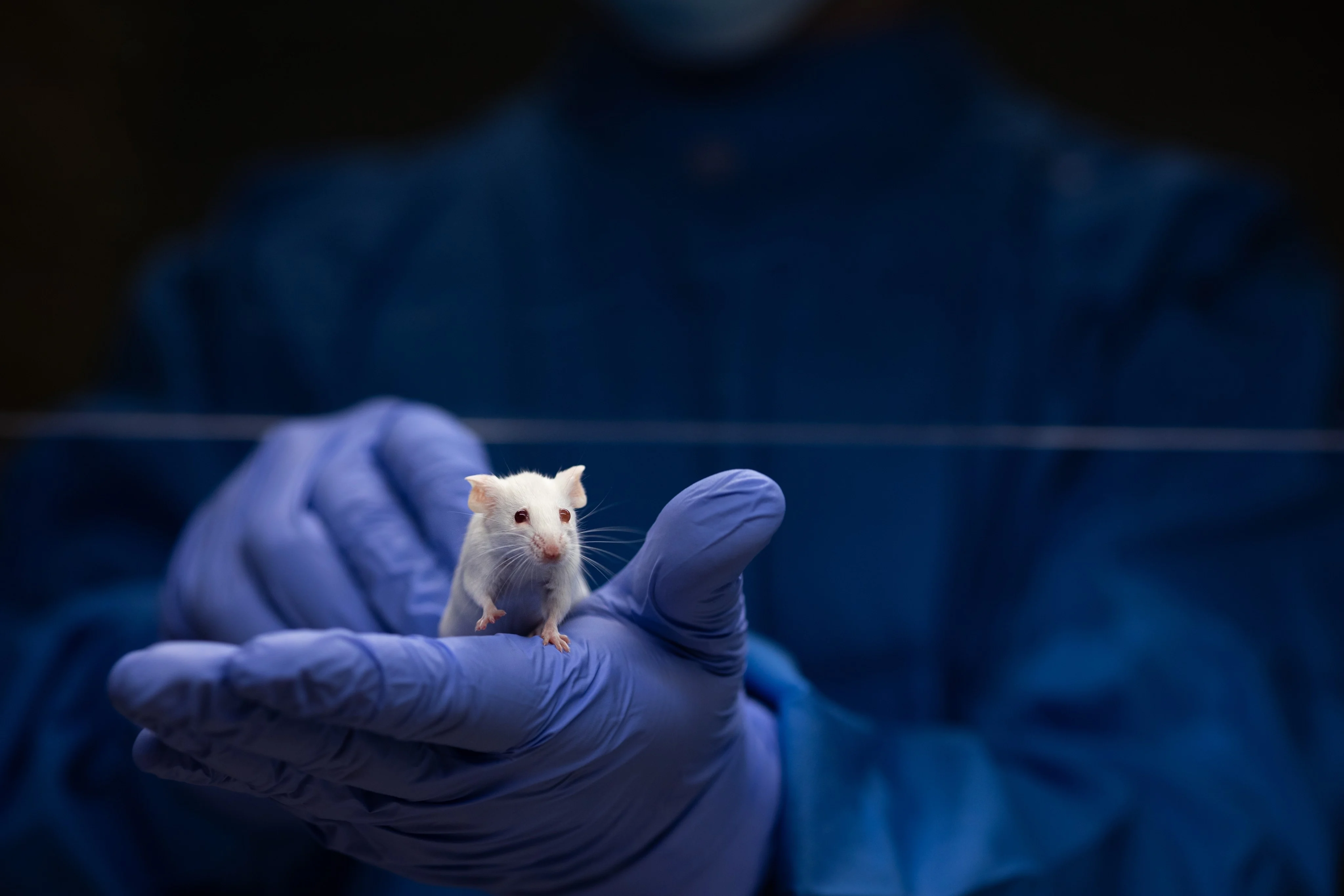Chinese scientists who successfully restored damaged outer ears in mice said their findings proved the existence of a genetic switch for organ regeneration, which meant it might also be present in other organs.
While the scientific journey to achieving organ regeneration in humans remains long and challenging, the study, published in the peer-reviewed journal Science, has offered the researchers hope.
Last week, co-corresponding authors Wang Wei and Deng Ziqing published their findings that a mouse’s inability to regenerate was due to its failure to produce enough retinoic acid, a derivative of vitamin A that regulates which cell type emerges during development and tissue repair.
The scientists said they were able to reactivate the regeneration of the mouse ear by turning on an “evolutionarily disabled genetic switch”, which led to the complete restoration of lost tissues in a hole punched through their outer ear, including cartilage.
Wang, an assistant investigator at the National Institute of Biological Sciences in Beijing, said the team would continue their research to determine when mice lost their ability to regenerate during evolution.
“The ability to regenerate appears to contribute to the survival of animals,” he said in an interview. “Why was this ability lost as species evolved?”
“It is unlikely that this loss occurred randomly. If it was not random, what logic governed it? This is a crucial question,” said Wang, who also serves as an assistant professor at Tsinghua Institute of Multidisciplinary Biomedical Research.
“We are also keen to explore the possibilities to regenerate other organs, including the spinal cord,” he added, pointing to testing the potential of retinoic acid. The vitamin A derivative has been found to be an important signalling molecule in vertebrate development.
Wang returned to China in 2021 after working for seven years as a postdoctoral research fellow at the Stowers Institute for Medical Research and Howard Hughes Medical Institute in the United States. He started looking into mammal ear pinna regeneration in the same year.
As a regeneration and rejuvenation specialist, his research focuses on the molecular basis of spinal cord regeneration and the evolution of regenerative capacities in vertebrates.
The ear pinna was an ideal starting point because, while it contains multiple structures such as skin, cartilage, muscles and fat, it is not as complex as many internal organs. Wang added that it was an external body part that can be easily observed and operated on.
Co-corresponding author Deng Ziqing, senior scientist at BGI-Research, said the institute supported the research with Stereo-seq technology, “a camera of life” that combined high-resolution imaging of cells with gene expression analysis.
“In the study, we used the technology to identify the locations of cell type changes during the wound recovery process at different time points and to understand the mechanisms behind regeneration,” he said.
When asked how the team felt during the three years of experiments, Wang said the scientific inquiry brought both anxiety and surprise.
“We began by testing a range of possible genes one by one, but none produced results,” he said, adding that some gene expressions even enlarged the punched hole.
“Then came this gene that encodes an enzyme for retinoic acid synthesis. We were excited and surprised to discover that a single gene was the solution.”
Wang said further studies were needed to identify which genes could activate the genetic switch in other organs, and each organ might have a different switch.
“This study is important as proof of principle, showing us that a genetic switch for organ regeneration exists. Our mission is to find out the switches for other organs, and they will be the keys to organ regeneration,” he said.
“Our lab focuses on spinal cord recovery, and we have been searching for the key to regeneration. It may be more complicated and involve two or more signalling pathways working together. It is important that we see hope.”
He said the path to achieving the regeneration of human organs remained a long one.
“One challenge is the significant size difference between mouse and human organs, let alone the complex structure. The human heart is big and the spinal cord is thick.”
“After identifying the molecules or medications that can regenerate mouse organs, we must determine the safe and effective dosage for humans. This presents a complex issue,” Wang said.
